The U.S. Patent and Trademark Office on Thursday published an Apple patent application for a system that dynamically changes audio and video settings based on where a user is located in relation to the source device, thus allowing for the best viewing or listening experience.
Apple's patent application for "Devices with enhanced audio" covers not only speaker settings, but video adjustments as well. By using various sensors, such as cameras and microphones, the system is able provide an optimal experience with little to no input from the user.
The method starts with data collected from a large variety of sensors, including imaging sensors, proximity sensors, microphones and infrared sensors, among others. By taking input from a given sensor array and processing the data, the system can determine the positioning of a user in relation to a computer screen or source device. Also taken into account is the user's environment, for example a large room with wooden floors, or a small room with drawn curtains.
A multitude of inputs are covered in the patent, including cameras that monitor eye movements (gaze tracking) or facial recognition to calculate where a user is looking. Microphones can gauge the level of reverberation in a room and ambient brightness can be measured with light sensors.
Flowchart of process.Next the data is processed to determine the best way to reach high quality output. Audio filters can be applied, the brightness or contrast of a display can be tweaked and speaker volumes can be altered. Basically any metric that can be controlled electrically is accounted for and calculated based on the data taken from the sensor inputs.
A significant portion of the patent is dedicated to video conferencing, with the system being able to control the best way to facilitate two-way communications for both users. For example, an input such as facial recognition can be used to determine where a microphone should be "beam steered" to achieve maximum voice quality even when a user is looking away from the computer screen. Also mentioned are controls to determine how far away each person is from the camera, and the corresponding settings needed to adjust for the difference.
Illustration of video conference call with multiple users.The patent was first filed for in July 2011 and credits Aleksandar Pance, Brett Bilbrey, Darby E. Hadley, Martin E. Johnson and Ronald Nadim Isaac as its inventors.
 Mikey Campbell
Mikey Campbell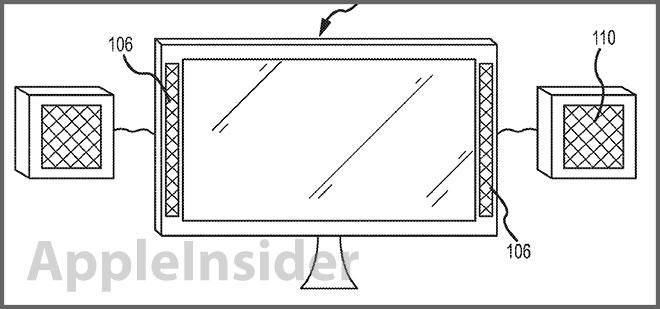







-m.jpg)





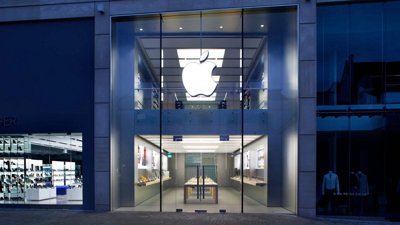
 William Gallagher
William Gallagher
 Andrew O'Hara
Andrew O'Hara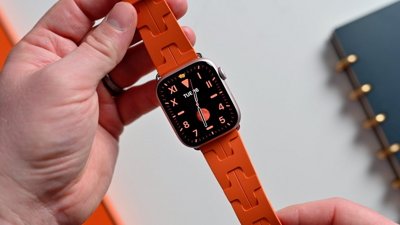
 Andrew Orr
Andrew Orr

 Malcolm Owen
Malcolm Owen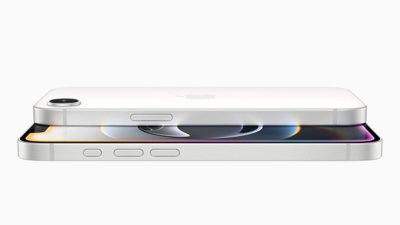
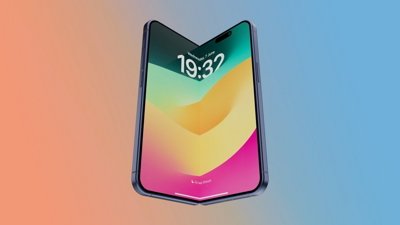
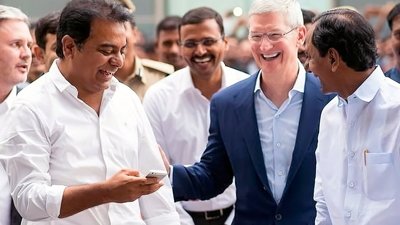



-m.jpg)






9 Comments
We used to have video conferencing equipment that would follow the speaker, but I believe that was merely done based on the origin of the sound. This looks 1) way better and 2) 'it all might be a TV set after all'. And if so, Samsung stock might go up, but their TV-user-share will plummet.
We used to have video conferencing equipment that would follow the speaker, but I believe that was merely done based on the origin of the sound. This looks 1) way better and 2) 'it all might be a TV set after all'. And if so, Samsung stock might go up, but their TV-user-share will plummet.
What will happen is that Samsung will copy this and claim prior art or that doing things this way was inevitable so that is the reason why they copied. Apple haters will say Apple should share because Apple doesn't innovate or some other claim, like Samsung, that this was obvious and shouldn't be able to be patented.
What will happen is that Samsung will copy this and claim prior art or that doing things this way was inevitable so that is the reason why they copied.
No, they'll just claim that they "didn't think the patent was valid", which instantaneously removes any responsibility they have to not breaking the law or stealing from other companies, and which gets them off scott-free, having directly and deliberately (they can even admit that) stolen.
Or so some say.
NO ONE one can get out of patent infringement by claiming they didn't think it was valid. Period.
They can, however, escape extra damages for willful infringement, if the COURT (not the defendant) decides that there had been a likelihood that infringement might not be found.
PS. infringement doesn't require copying. It just requires that someone else patented it first.
They can, however, escape extra damages for willful infringement, if the COURT decides that it was a reasonable assumption that infringement might not be found.
Fine, that's the problem. That's what isn't right.